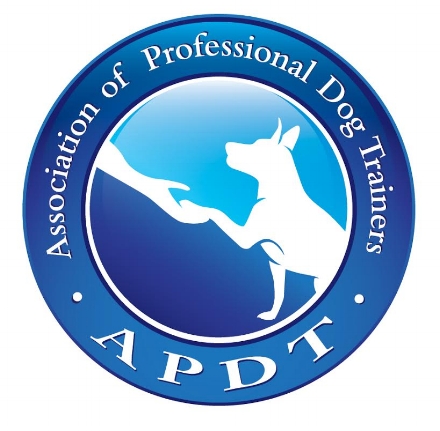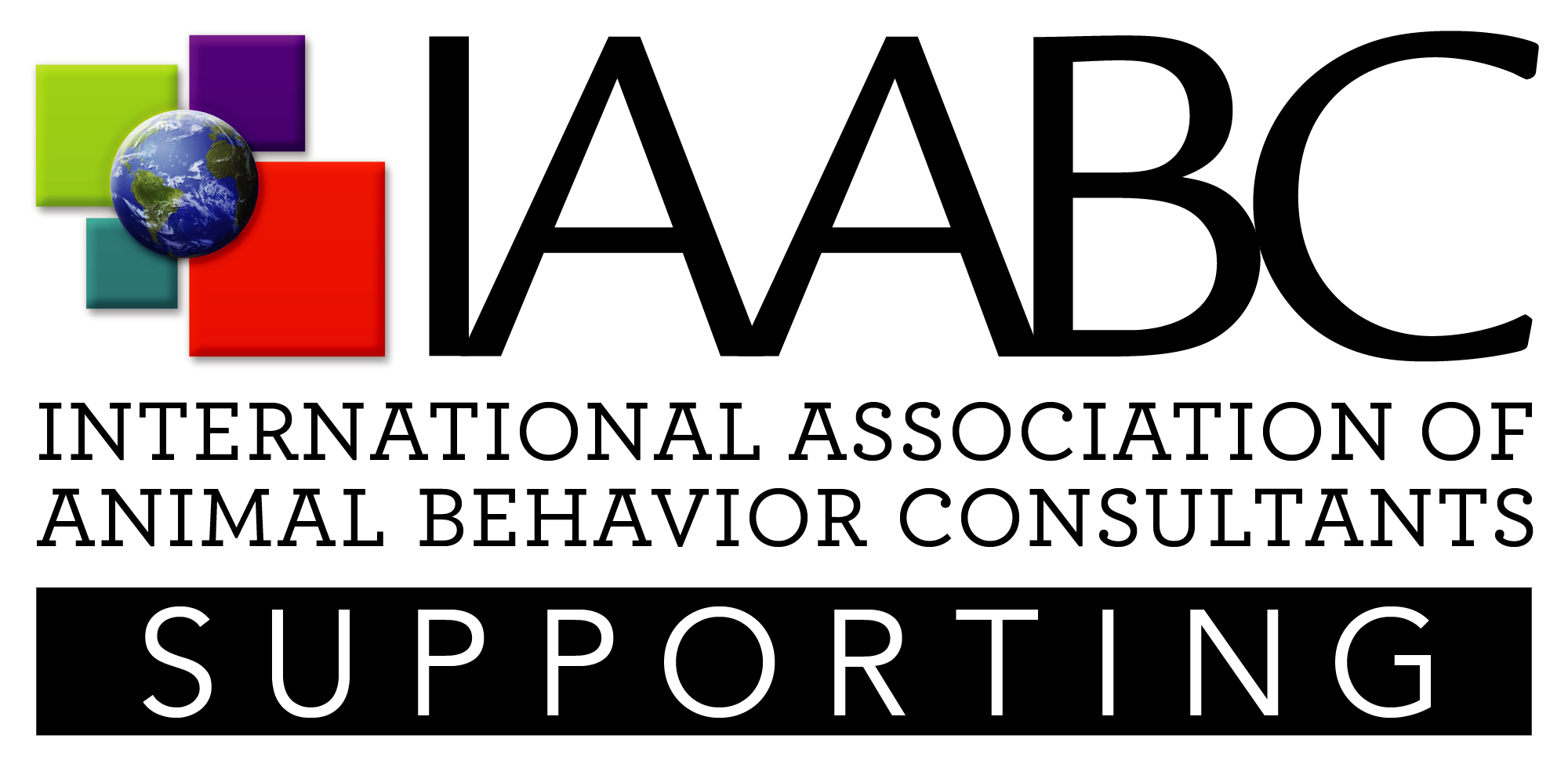Canine Papilloma, or “puppy warts” as it’s often referred, is a viral infection that causes small benign skin tumors, most often found in the mouth, gums, and lips of puppies and dogs usually under 2 years old. These papillomas are not transmittable to humans, but are highly transmittable to other dogs. Less commonly, papillomas can occur on the eyelids, the surface of the eye, or between the toes.
Generally the health side effects are very mild, and limited to the presence of growths. Usually these growths occur in groups rather than solitary growths, so if one growth is seen, check inside the mouth and lips for more; often growths can form on the gumline. Most oral viral papilloma cases are mild, and resolve on their own within 2 months.
How is it spread?
The virus requires injured skin to establish infection; healthy skin will not be infected. Abrasions from chewing rough toys are a common cause for damaged skin; It is spread through contact with a papilloma when sharing water bowls, food bowls, bedding, toys, or normal mouthing during play. The incubation period is 1 to 2 month, and this virus can only be spread among dogs, but not across other species.
How do I treat it?
To start, you’ll need a diagnosis from your veterinarian. While papillomas are easy to spot, not all growths are equal, and it’s best to get confirmation from your veterinarian moving forward. They will also offer the most appropriate treatment plan, if necessary, for your puppy. It will be very important to keep your puppy quarantined until the papillomas are no longer present, as they are highly transmittable. This means no doggie daycare, dog parks, or areas your pup may run into, play with, or share toys or bowls with other dogs. This include limiting contact with housemate dogs that are under 2 yrs and/or immunocompromised.
How do I prevent it from spreading?
Quarantining a puppy with papilloma, and regularly disinfecting items they have had contact with are the best ways to prevent spreading it to other dogs, especially housemates. While most adult dogs have likely been exposed to and cleared canine papilloma, older and immunocompromised dogs may be at risk. Always speak with your veterinarian if you have concerns for the other dogs in your home.
How is it handled at Pawsitive Pooch?
At Pawsitive Pooch, our staff asks brief intake questions during drop off to assess the current health of the dogs, and our handlers perform a hands-on and visual inspection of the dogs in our care, noting any abnormalities or injuries. Should a dog be found with oral growths at their visit, they are separated from the group and their family called for an immediate pickup. Any shared toys, bowls, or bedding the dog may have had contact with are removed from the group area and thoroughly disinfected. The families of any dogs that may have been exposed are notified. Dogs must be free of visible growths for two weeks before returning to daycare.
Canine Papilloma is generally considered to be a mild, but highly contagious viral transmission that most puppies clear easily within two months. While it’s visually unappealing, most puppies do not seem to struggle, though severe levels of growths have been reported. Keeping your puppy quarantined, and mentally enriched during their recovery with leashed walks, decompression games and enrichment will help support them through recovery. If your puppy has suspected or confirmed Canine Papilloma, and you’re struggling to keep them entertained, please check out our Feeding Enrichment page and our DIY Enrichment page for some ideas!





